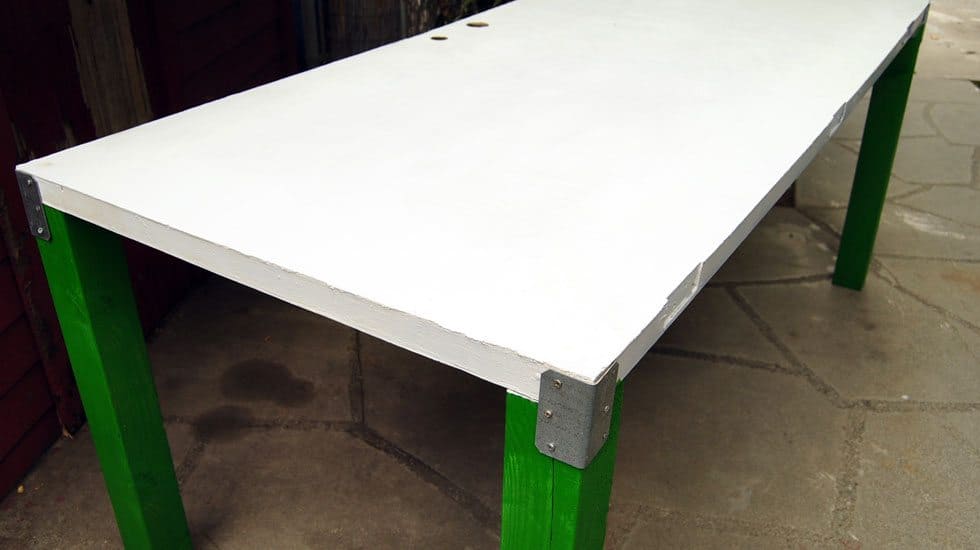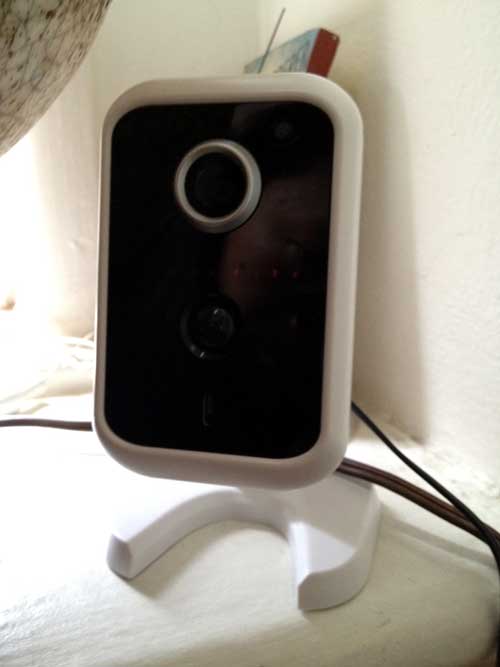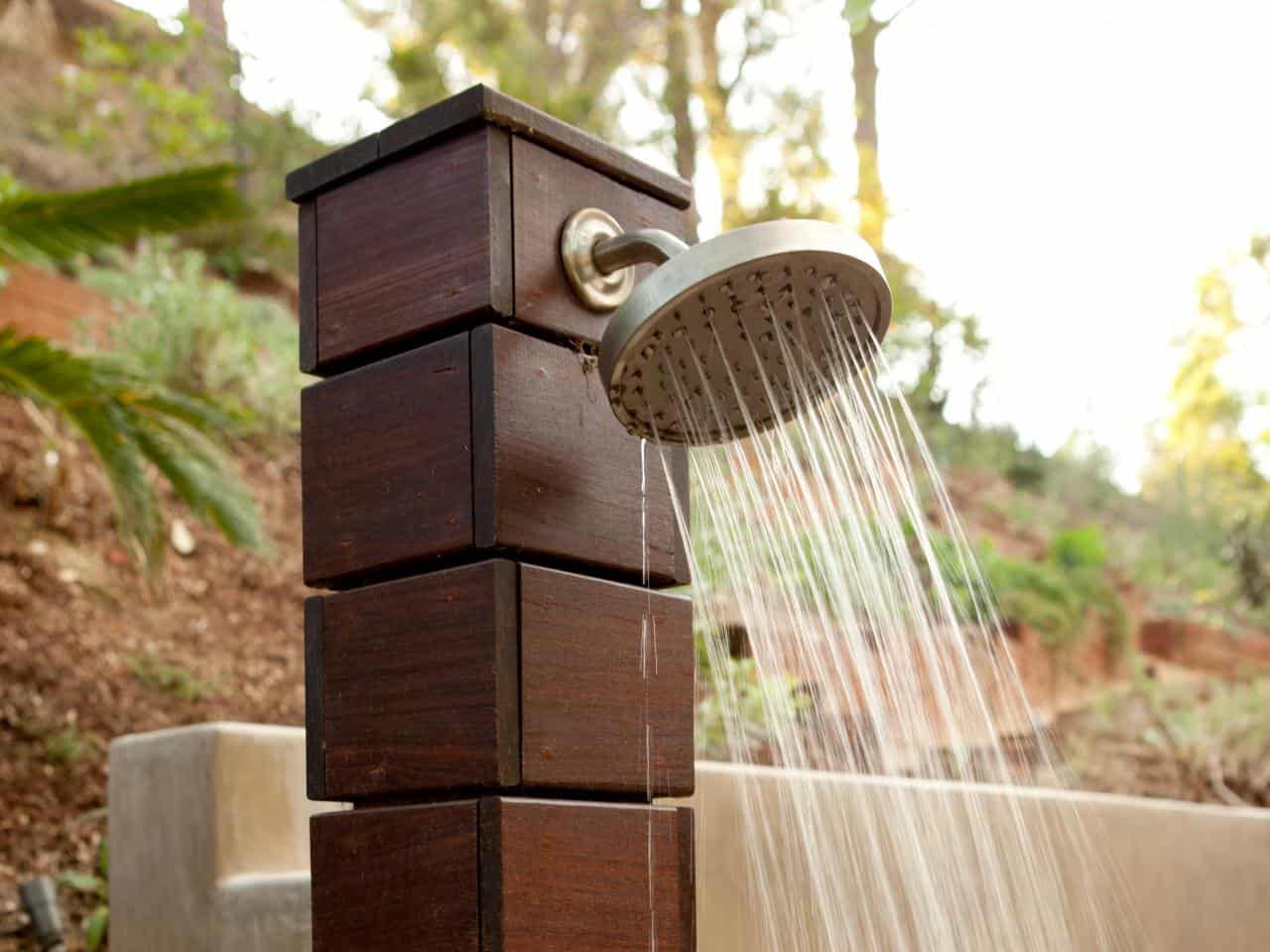
Cork is cool, no doubt about it. This tree is actually planted not to be cut down, but to be kept healthy for decades, providing a harvest of valuable bark for the building industry. Cork tree farms are found on the sunny shores of southern Europe and are used to produce all sorts of items from bottle stoppers to shoe components. Then the post-industrial waste is recycled into cork floor, a product in high demand around the world.
It gives me a certain amount of pleasure to know that my cork floor could be made from vintage wine bottle stoppers. Just saying.
Why Is Sealing Necessary?
Cork floors have plenty of advantages, from softness to durability and sound absorption. They do, however, need to be covered with a thin protective layer and should be treated just like any other wood flooring.
That means you need to:
+ Wipe up spills immediately.
+ Keep the direct sunlight off to slow down fading.
+ Use protective mats, feet and wide casters underneath furniture to prevent denting and scratches.
+ Sweep and vacuum the floor regularly to avoid scratches.
+ Refinish the floor when necessary.
Cork flooring may come with a thin protective coating and sometimes that layer has a decorative pattern in it. Others simply have a urethane finish for shine and durability or are purchased completely natural. Whether after initial installation or after years of use, sealing your cork floor is a straightforward and necessary job.
How To in 5 Steps
1. Sand down the cork floor using an electric floor sanding machine. For scratches, dents and other damaged areas, use 60-grit sandpaper. Once fairly even, sand the entire floor with 100-grit sandpaper.
2. Remove all of the dust and debris with a vacuum. Be thorough and careful.
3. Apply a polyurethane sealant to the floor. A long handled roller will usually do the trick. Try to sop up or evenly spread out any puddles.
4. After allowing it to dry, sand the first coat down with 220-grit sandpaper, removing any bubbles and build up.
5. Reapply two more coats, allowing for drying time and sanding in between each reapplication.
Now your cork floor has a protective layer that will help it to last for generations, providing soft, warm flooring in your kitchen and anywhere else in the house.
Photo courtesy of flickr/Velo Steve




No Comments